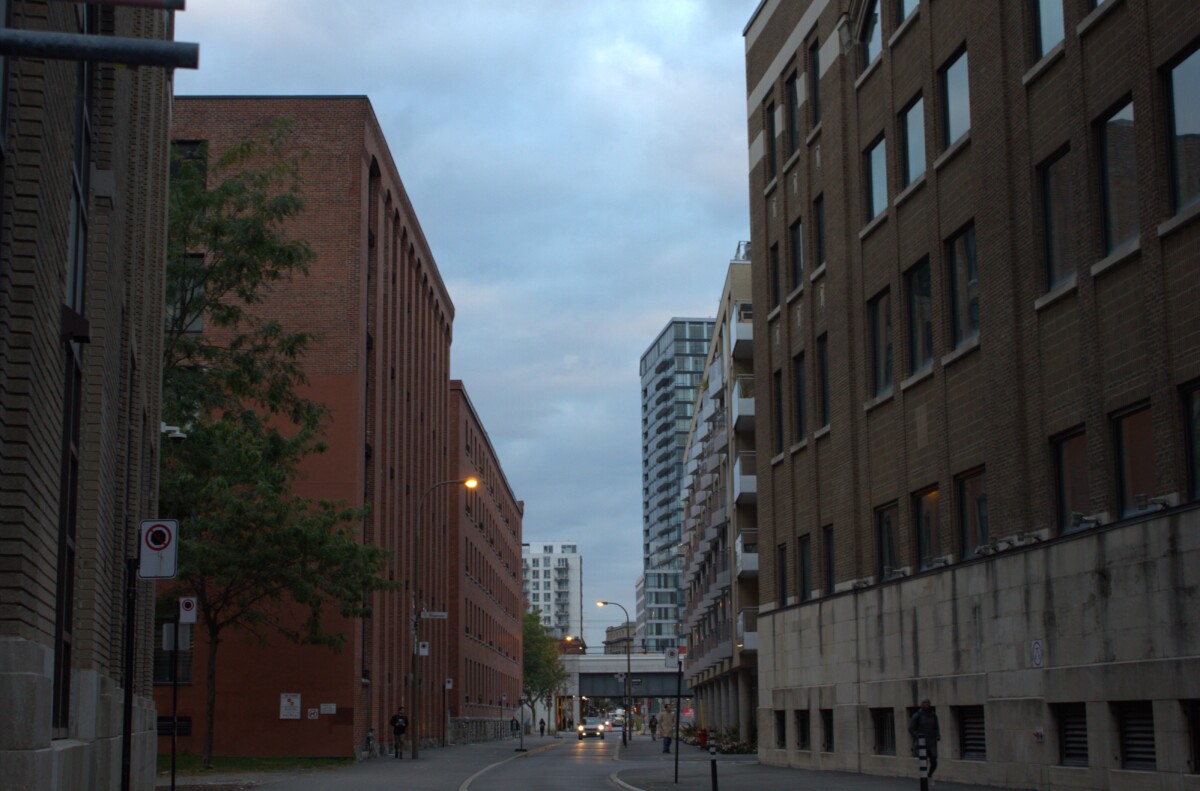Through an immersive sound walk, Griffintown refuses to be forgotten.
Griffintown is a shadow of what it used to be. The once vibrant Montreal neighbourhood transformed into a bleak industrial area in the 70s before becoming the seemingly hip sector it is today. This new look comes with the weight of yet another unique community that fell victim to the city’s gentrification. Thankfully, there is a way to experience the neighbourhood as it used to be: by checking out “Sounding Griffintown.”
“Sounding Griffintown: A Listening Guide of a Montreal Neighbourhood” is the thesis project of Concordia graduate Lisa Gasior. It consists of nine tracks that vary in length from under a minute to 10 minutes; each one immerses the listener in sounds of Griffintown as they follow a map of the streets. The tracks incorporate interviews from people who grew up in the area, recounting stories of their upbringing in rich detail and personal anecdotes. Through sound and the visual landscape, a vivid picture is painted. All you need is a pair of headphones, a phone, and a data connection. Anyone can access “Sounding Griffintown” by checking out the webpage.
The walk begins at the busy corner of Peel and Notre-Dame. From there, listeners are invited to follow the pace set by an echo of footsteps in the background of the soundscape.
Intimate details are offered like precious heirlooms. At the Dow Brewery, for example, a man’s voice explains how he and his friends used to sneak up on the roof and dangle from the edge. Later, another voice speaks about the lively community of the Griffintown Girls and Boys Club where all the teenagers would hang out. While there were good times, there are difficult memories too. On Shannon street, the interviewees recount the event of the 1944 plane crash that destroyed a three-storey building and killed 15 people; later, we are told about the brutal murder of Mary Gallagher, whose ghost allegedly still roams the streets. The walk ends on a bittersweet note at the ruins of St Ann’s church, which was a community hub until its demolition in 1970.
When neighbourhoods are forced to develop, their rich history often gets swept away. It’s important to uncover these histories and explore the backstories of our neighbourhoods in order to better understand the context of our living situations and how we got to the place we are now.
The deterioration of Griffintown was no accident. In the early 20th century, the neighbourhood consisted of predominantly working-class Irish and Southern European immigrants. In preparation for Expo ‘67, the city made an active effort to push out these communities to eliminate what they viewed as an ‘eyesore’. The Bonaventure Expressway was extended and hundreds of homes were demolished, which turned Griffintown into a lifeless industrial sector in the 70s . The landscape changed again in 2013, when the Quartier Innovation Montréal project launched an effort to revitalize the neighbourhood and introduce new artistic and economic developments.
As a result, Griffintown is now considered up-and-coming—but at what cost? The Griffintown of today may be shiny, but its rich history has been buried under condo developments and swanky restaurants. The gentrification of Montreal neighbourhoods is a major issue, and Griffintown is just one example.
Unfortunately we can’t reverse time, but we can always learn the backstories of the spaces we inhabit. We should of course delve deeper as well, as Sounding Griffintown fails to include Indigenous perspectives and only spotlights certain voices; the soundwalk is a place to start, but definitely not a comprehensive history.
If you’re curious or if you simply want to know a bit more about the city, I suggest taking some time out of your day to check out “Sounding Griffintown.” Grab a pair of headphones and listen to what the streets are telling you.
